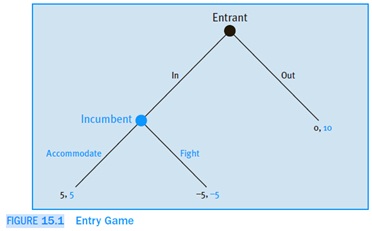Assignment:
Problem: 1
1. Microwave Ovens
A manufacturer of microwaves has discovered that male shoppers, on average, have lower values for microwave ovens than female shoppers. Additionally, male shoppers attribute almost no extra value to an auto-defrost feature, while female shoppers, on average, value the auto-defrost feature. There is little additional cost to incorporating an auto-defrost feature. The manufacturer is considering introducing two different models. The manufacturer has determined that men value a simple microwave at $70 and one with auto-defrost at $80, while women value a simple microwave at $80 and one with auto-defrost at $150. If there is an equal number of men and women, what pricing strategy will yield the greatest revenue? What if women comprise the bulk of microwave shoppers?
2. Bundling
At a student cafe, there are equal numbers of two types of customers with the following values. The cafe owner cannot distinguish between the two types of students because many students without early classes arrive early anyway (i.e., she cannot directly price discriminate).
The marginal cost of coffee is $0.10. The marginal cost of a banana is $0.40. Is bundling more profitable than selling separately? If so, what price should be charged for the bundle?
Problem 2
1. To Vote or Not to Vote
Mr. and Mrs. Ward typically vote oppositely in elections and so their votes "cancel each other out." They each gain two units of utility from a vote for their positions (and lose two units of utility from a vote against their positions). However, the bother of actually voting costs each one unit of utility. Diagram a game in which they choose whether to vote or not to vote.
2. To Vote or Not to Vote Part II
Suppose Mr. and Mrs. Ward agreed not to vote in tomorrow's election. Would such an agree-ment improve utility? Would such an agreement be an equilibrium?
3. Renegotiating Employment Contracts
Every year, management and labor renegotiate a new employment contract by sending their proposals to an arbitrator who chooses the best proposal (effectively giving one side or the other $1 million). Each side can choose to hire, or not hire, an expensive labor lawyer (at a cost of $200,000) who is effective at preparing the proposal in the best light. If neither hires lawyers or if both hire lawyers, each side can expect to win about half the time. If only one side hires a lawyer, it can expect to win three-quarters of the time.
1. Diagram this simultaneous-move game.
2. What is the Nash equilibrium of the game?
3. Would the sides want to ban lawyers?

4. Entry Game with Withdrawal
In the text, we considered a sequential-move game in which an entrant was considering entering an industry in competition with an incumbent firm (figure 15.1). Consider now that the entrant, if fought, has the possibility of withdrawing from the industry (at a loss of 1 for the entrant and a gain of 8 for the incumbent), or staying (at a loss of 5 for each player).
What is the equilibrium of this game? Discuss if the entrant is better off with or without the ability to withdraw.